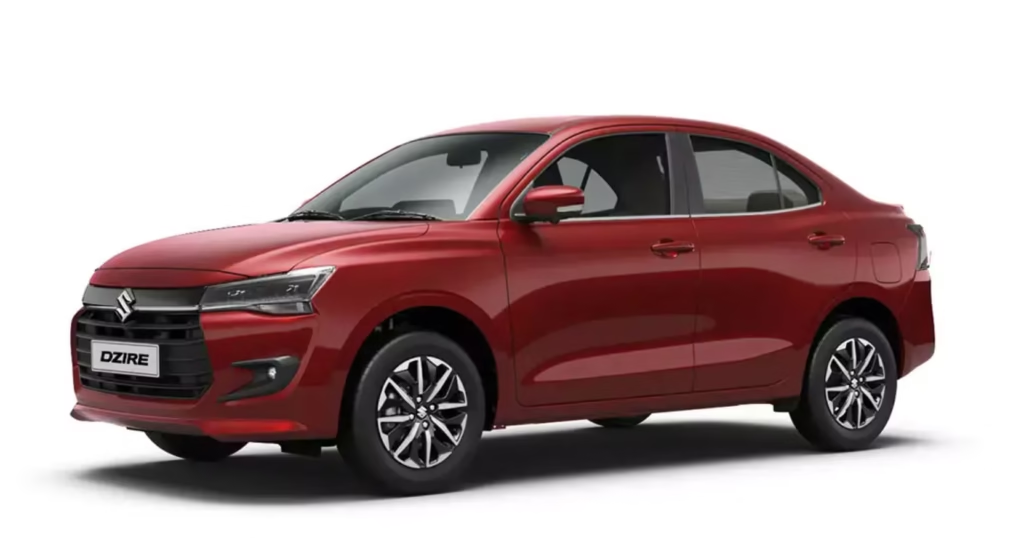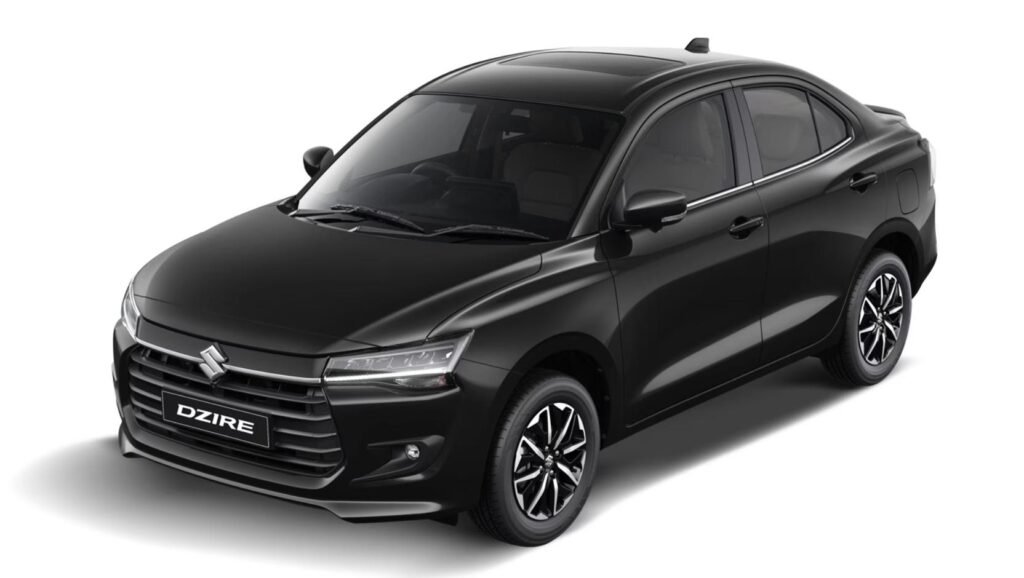The anticipated GST on small cars reform could mark a dramatic shift for India’s automobile sector, as the government eyes a reduction in Goods and Services Tax from 28% to 18%. Scheduled for possible implementation by Diwali 2025, the move is set to spur demand, ease affordability concerns for millions of buyers, and revitalize carmakers like Maruti Suzuki, Tata Motors, and Hyundai—all heavily reliant on compact models.
Also Read: Skoda Kushaq Facelift Spied – Panoramic Sunroof, New Design & Level 2 ADAS for 2026
GST on Small Cars: What’s Changing?
According to government and industry sources, the Indian government is considering slashing the GST on small cars from 28% to 18%, alongside a cap of 5% GST on insurance premiums for private vehicles. This would be the most significant tax restructuring for automobiles in nearly a decade, directly aimed at settling disputes over vehicle size, engine capacity, and making car ownership more attainable for the average Indian family.

Key Changes & Impact
| Parameter | Current Rate | Proposed Rate | Expected Impact |
|---|---|---|---|
| GST on Small Cars | 28% | 18% | Lower prices, stronger demand |
| Car Insurance Premium GST | 18% | 5% | Reduced insurance cost |
| Special Rate on Big Engines | Up to 50% (GST+cess) | 40% (plus levies) | Still higher, more uniform |
| Implementation Timeline | – | Diwali 2025 | Immediate effect on prices |

Which Cars Will Benefit from GST Cut on Small Cars?
The GST on small cars reform is anticipated to boost sales of models with engine capacities below 1200cc, which dominate India’s mass-market segment. Car giants such as Maruti Suzuki, Tata Motors, and Hyundai will be the major gainers, as over 60% of their sales originate from sub-1200cc cars:
- Maruti Alto K10
- Maruti Swift
- Hyundai Grand i10
- Tata Tiago
- Hyundai Exter
- Tata Punch
These models are currently priced starting around ₹4–6 lakh, but have seen sticker prices climb in recent years due to stricter safety norms and emissions regulations. The GST reduction will immediately make entry-level and compact cars more affordable for first-time buyers and families.

Industry Analysis:
Maruti Suzuki chairman R.C. Bhargava recently raised concern about India’s sluggish car industry growth—just 4.4% sales growth over six years. In FY2025, domestic passenger vehicle expansion slowed to 2% year-on-year, with even lower projections for 2025–26. The GST cut aims to address affordability, which is crucial since rising compliance costs have outpaced salary increases and dragged car penetration.
A lower GST on small cars will:
- Lower ex-showroom prices substantially
- Make insurance more affordable for buyers
- Drive mass market demand (especially in smaller cities and towns)
- Help carmakers clear inventory and regain lost momentum
- Expand the reach of safer, more efficient cars
Also Read: Volkswagen Discounts August 2025 – Unbeatable Savings Up to Rs 3 Lakh

How Much Will Car Prices Drop?
Industry experts predict a price reduction of ₹40,000–₹80,000 on average for many popular small cars if the GST cut is implemented. This means:
- Small cars previously priced at ₹5.00 lakh could drop below ₹4.30 lakh, making them truly entry-level.
- Models in the ₹8–12 lakh range (premium hatchbacks or entry sedans/SUVs) will also benefit, giving buyers better features for less.
GST on Small Cars and Insurance: Additional Savings
The insurance sector will see a similar windfall for car buyers. With a proposed cap of 5% GST on insurance premiums (down from 18%), annual insurance costs could be slashed by hundreds or thousands of rupees per car. This makes new car ownership and long-term maintenance easier for middle-class families.
Higher Tax Slabs for Bigger Cars
Not all cars benefit equally. The government may introduce a simpler 40% GST+cess rate for cars with large engines, replacing the current complicated slab of up to 50% (28% GST + maximum 22% cess). High-end SUVs and sedans will continue to pay more, but will likely see slightly lower taxes than before.
Also Read: 2026 Volkswagen Virtus Facelift – Exciting ADAS Tech, Striking New Look & Key Features
Who Gains Most From GST Cut on Small Cars
| Carmaker | % of Sales from Small Cars | Top Models Benefited |
|---|---|---|
| Maruti Suzuki | >60% | Alto, Swift, Dzire |
| Hyundai Motor | >60% | Grand i10, Exter, Aura |
| Tata Motors | >60% | Tiago, Punch, Tigor |
| Others | 30–50% | Renault Kwid, Toyota Glanza |
Market Reaction & Industry Sentiment
Stock prices of major carmakers—Maruti Suzuki, Hyundai, Mahindra, Tata Motors—jumped on news of the GST reform, with record highs registered amid bullish investor sentiment. Analysts expect the industry’s value and volume to rise sharply, and carmakers are gearing up to pass on the benefit to consumers as soon as the reform is implemented.
Also Read: FASTag Annual Pass – How to Activate, Benefits, & Eligibility Explained for 2025-26
Conclusion
A reduction in GST on small cars from 28% to 18% will transform the landscape for both buyers and manufacturers. With cheaper ex-showroom prices, lower insurance premiums, and increased affordability, Diwali 2025 could mark a turning point for car ownership in India. As automakers prepare to capitalize on the GST reforms, prospective buyers may soon find their dream car within reach—and the Indian automotive sector shifts into higher gear.

